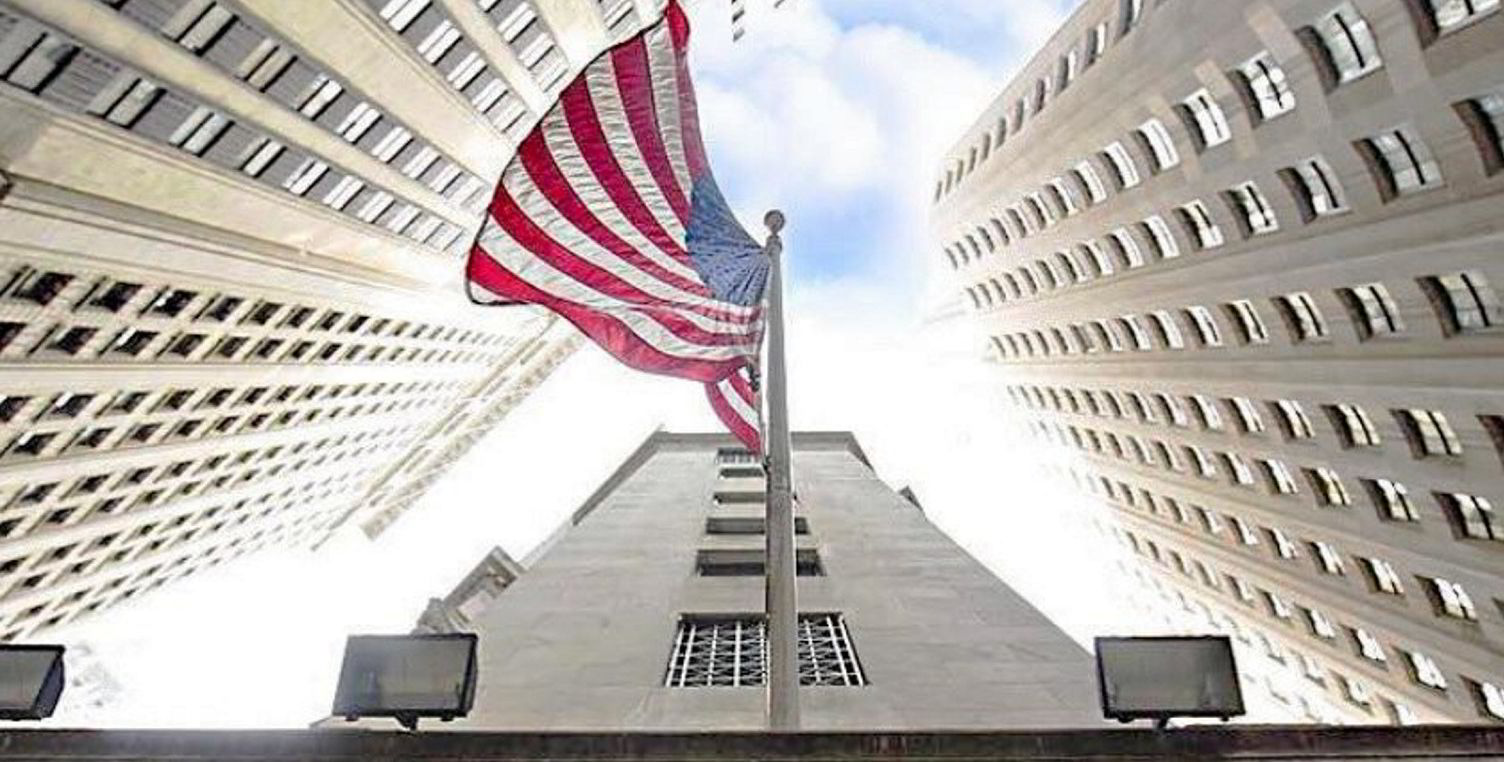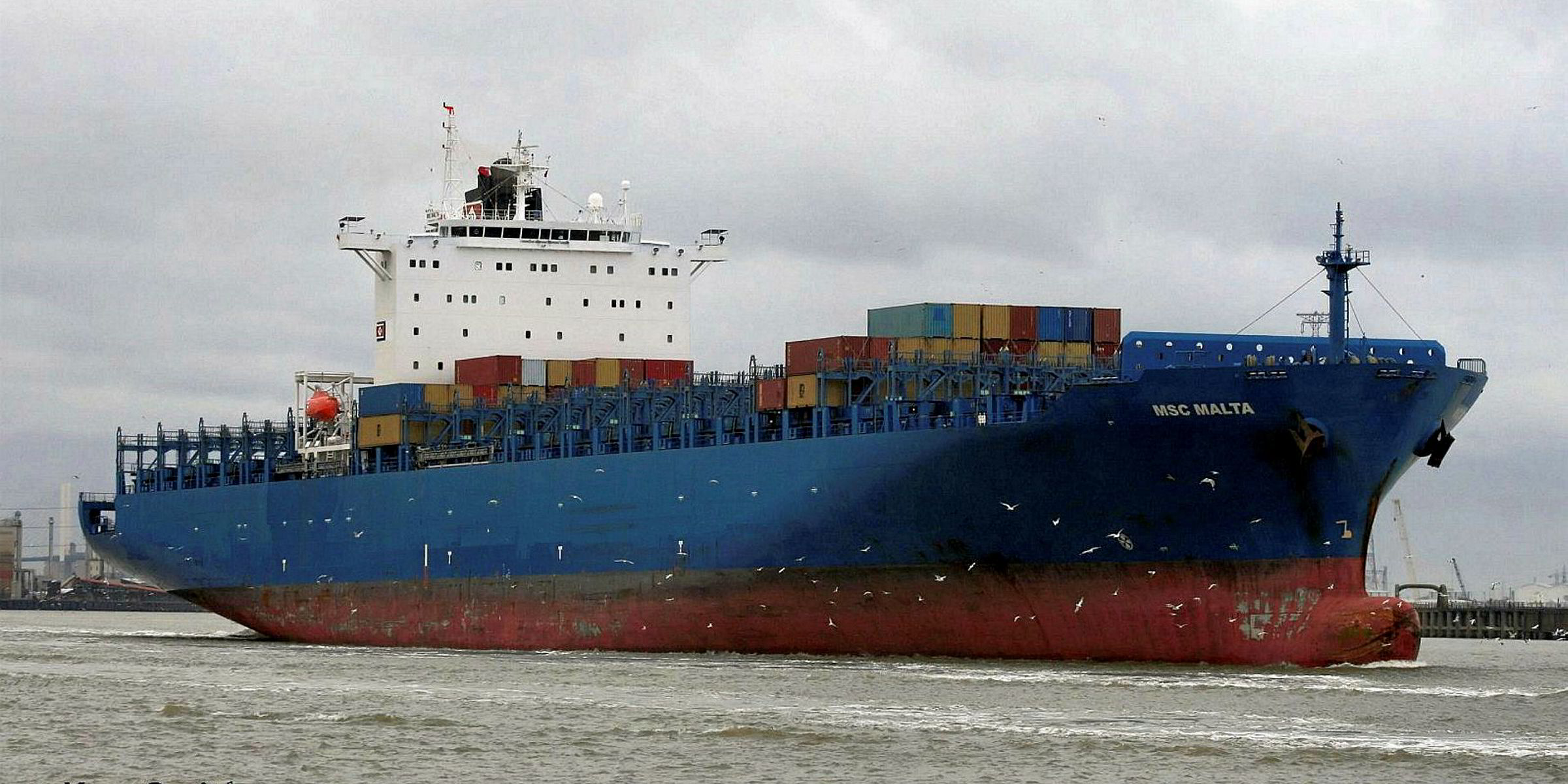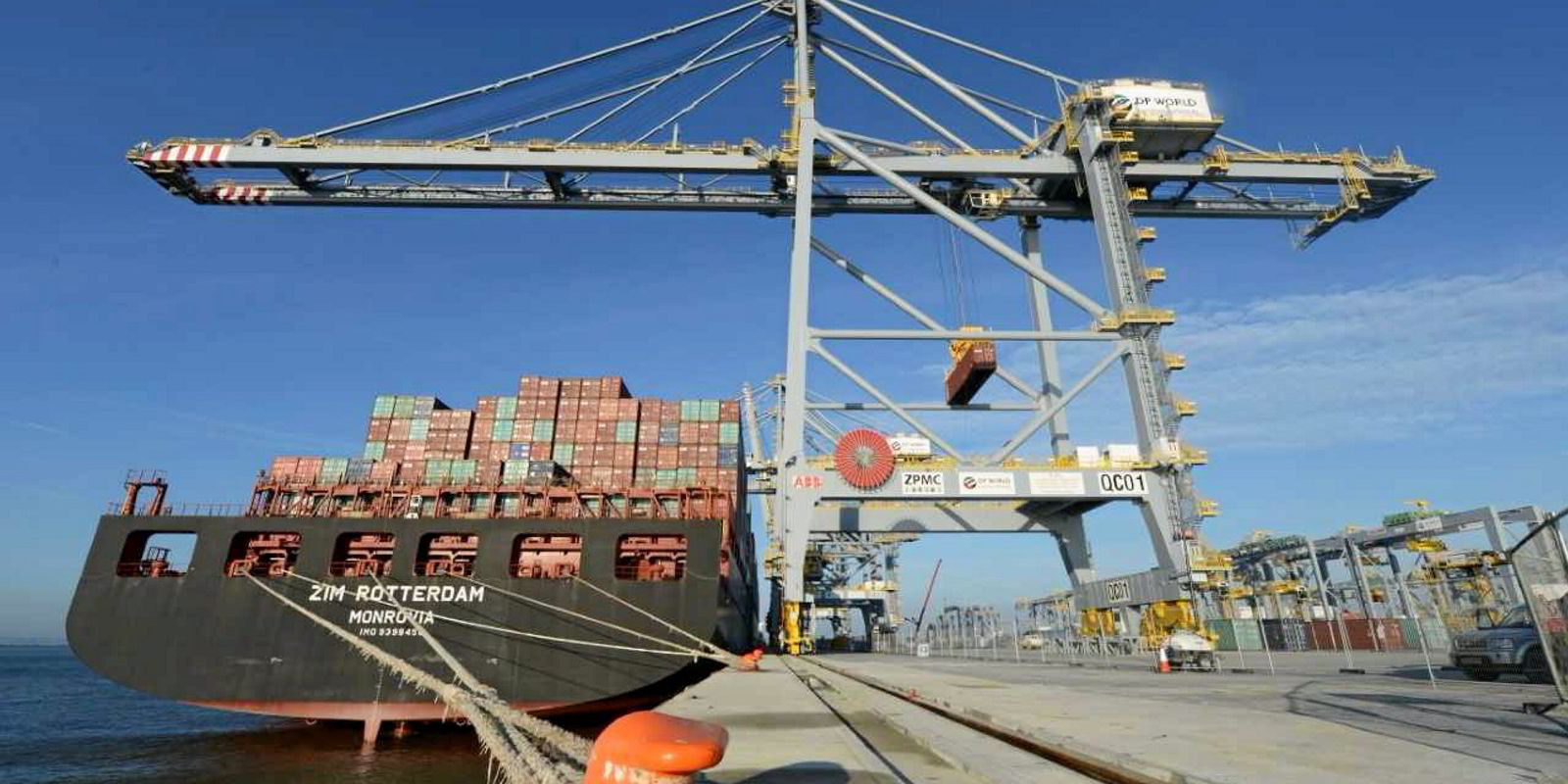As 2021 got underway, Norwegian tycoon Arne Fredly — a prime mover behind Oslo-listed VLCC company Hunter Group — savagely attacked publicly listed shipping companies with a claim that 60% to 80% of them are "pure fraud".
It is possible something was lost in the translation from an interview with Norwegian financial daily Finansavisen but he added that investing in them had been a "sad story". Money disappeared after too many firms took it but then made stupid decisions, Fredly said.
In the same week, shipping’s position in public markets was boosted by news that Israeli liner operator Zim is looking to do what no mainstream shipowner has done in the US in more than five years — successfully sell an initial public offering.
Zim is believed to want to float 20% of its shares, implying an IPO target of at least $300m on its expected self-valuation of $1.5bn.
It cannot be doubted that container shipping is going through an unexpected boom despite the Covid-19 pandemic — and a wider global trade recovery, as the world comes out of lockdown, could keep the good times rolling for some while.
Asset-light argument
But there should be some doubts about the strength of the argument for Zim’s “asset-light model” — owning only one ship while chartering in 69 vessels — which is being stressed as a recommendation for investing in the company.
There is no inference of fraud, whatever Fredly meant, but there is potential for money being lost simply by forgetting how markets have behaved in the past.
It looks good now. Last week, the Shanghai Containerized Freight Index (SCFI) reported spot rates on the Shanghai-to-North-Europe route surging to $4,452 per teu — more than four times the level at the start of October, according to Clarksons Research.
Drewry’s World Container index also increased to $5,220.99 per 40-foot equivalent unit in the first week of 2021 — having largely bumped along at levels around $1,500 for the year from April 2019 to April 2020.
But the boxship charter market has also tightened. Clarksons Research says its index rose 49% in the fourth quarter to its highest level since 2008. It had already risen by 53% from June to the end of the third quarter. Idle capacity is now down to about 4% of the fleet.
Stock analysts concede that a freight market boom will not last forever, but argue somewhat vaguely that it seems to have legs at the moment, that rates can fall off and still be at attractive levels, and the pandemic might have changed customer behaviour so that people will keep spending more money on buying goods rather than going out.
The historical record says different. The exact opposite happened in the 1920s after the last major global pandemic — the 1918/1919 Spanish flu. People partied like never before. And record box freight rates in the past have collapsed after the industry responds to a boom by building many more new ships.
Perhaps investors should consider the likely longevity of a successful asset-light approach by looking at what happened in the last liner boom.
Container freight rates can move up and down reasonably rapidly as capacity is limited or becomes available — as is demonstrated by the peak shipping seasons each year, but charter rates are not so flexible. As capacity becomes limited, owners not only charge higher charter rates but lock vessels in for longer periods, rising from weeks at the lows to several years at the highs.
This scenario played out after 2005 when boxship charter rates hit record highs and even smaller vessels were hired for up to five years, but freight rates started to fall away before the financial collapse in 2008.
Hit hardest
Some of the asset-light players suffered hardest. Smaller companies with limited financial backing ran out of cash when they were unable to pay their fleet hires.
Zim, the 10th largest container carrier, has long wanted to raise funds by floating, failing to do so before when it was considered one of the weaker lines. It is understandable why it might want to raise funds now as a shelter from hard times ahead.
Most of the major container carriers that have prospered over the past 20 years have had mixed fleets of owned and chartered ships as a partial hedge against the ups and downs.
Zim and container shipping is in a good position right now, the orderbook is a lot smaller now than in the last slump, the company is more stable and probably better run than in the past. But it would be just as well not to get too carried away with the asset-light argument.







